Highly Reactive Catalyst Enables Labeling of Biologically Active Compounds
New reactivity enables conversion of seemingly “unreactive” molecule parts
In a recent issue of the “Journal of the American Chemical Society”, the research group of Prof. Dr. Johannes Teichert (Chemnitz University of Technology, Organic Chemistry) discloses the results of a joint research effort together with research partners from the working group of Prof. Dr. Fabian Dielmann (University of Innsbruck, Inorganic Chemistry). They present their results on a new, bifunctional copper catalyst. The novel, “bifunctional” copper-based catalyst molecule consists of two subunits and enables the hydrogenation of other molecules, by first activating and then transferring molecular hydrogen (H2). “In principle, one part of the catalysts, namely the the copper atom, activates hydrogen - we have been researching this type of reactivity in our research group for a long time. In most cases, however, high pressures of H2 were required for this, necessitating the use of high-pressure reaction vessels (autoclaves). And that is impractical. We have now discovered that a second catalytically active unit within the same catalyst, a so-called iminopyridine, boosts the reactivity of the copper, so that the reaction now takes place at a low H2 pressure of 1 bar. This makes the method easier to use in the laboratory,” reports Teichert. The team makes use of their knowledge on bifunctional catalyst design that had already been reported on.
New reactivity enables conversion of seemingly “unreactive” molecule parts
The new catalyst displays such a high activity that even unreactive functional groups within other molecules can be efficiently converted. These functional groups, so-called enamides, are often structural components of biologically active substances, precisely because they are so unreactive. The new copper catalyst now enables the direct hydrogenation of exactly these groups, which were previously considered unreactive, for the first time under these mild conditions. This can be used for further modification of biologically active molecules. The present work shows that a large number of medicinal compounds can be converted in this way. “In principle, in addition to the simple diversification of known active substances, this strategy now also opens up the possibility of isotope labeling if deuterium, i.e. heavy hydrogen, is used instead of hydrogen itself. This is of great importance for research into biological processes and in particular for degradation studies of biologically active substances,” says Teichert.
Cooperation between differently specialized researchers across borders
This work is the result of a scientific collaboration crossing borders. “In principle, this is a typical example of joint molecular research: one of the two catalyst building blocks comes from TU Chemnitz, the other from Innsbruck,” says Teichert. “We didn't expect this hybrid catalyst to be so active.” The findings now form the basis for further research projects by the international working group, for example within the EU research network CATALOOP, which is led by Teichert. According to Teichert, especially the aforementioned labeling experiments will be studied in more detail.
Original publication
Mahadeb Gorai, Jonas H. Franzen, Philipp Rotering, Tobias Rüffer, Fabian Dielmann, Johannes F. Teichert; "Broadly Applicable Copper(I)-Catalyzed Alkyne Semihydrogenation and Hydrogenation of α,β-Unsaturated Amides Enabled by Bifunctional Iminopyridine Ligands"; Journal of the American Chemical Society, Volume 147, 2025-4-16
Most read news
Original publication
Mahadeb Gorai, Jonas H. Franzen, Philipp Rotering, Tobias Rüffer, Fabian Dielmann, Johannes F. Teichert; "Broadly Applicable Copper(I)-Catalyzed Alkyne Semihydrogenation and Hydrogenation of α,β-Unsaturated Amides Enabled by Bifunctional Iminopyridine Ligands"; Journal of the American Chemical Society, Volume 147, 2025-4-16
Organizations
Other news from the department science
These products might interest you
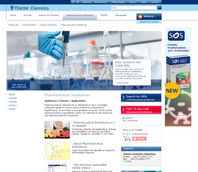
Pharmaceutical Substances by Thieme Verlag
Look up Industrial Syntheses of 2,600 APIs
Your tool for Syntheses, Patents and Applications – Pharmaceutical Substances
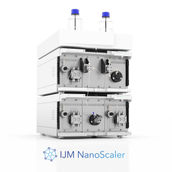
KNAUER IJM NanoScaler by KNAUER
Efficient formulation of lipid nanoparticles for RNA-based therapies
Optimise drug encapsulation from 1 ml to hundreds of millilitres with minimal drug input

Get the chemical industry in your inbox
By submitting this form you agree that LUMITOS AG will send you the newsletter(s) selected above by email. Your data will not be passed on to third parties. Your data will be stored and processed in accordance with our data protection regulations. LUMITOS may contact you by email for the purpose of advertising or market and opinion surveys. You can revoke your consent at any time without giving reasons to LUMITOS AG, Ernst-Augustin-Str. 2, 12489 Berlin, Germany or by e-mail at revoke@lumitos.com with effect for the future. In addition, each email contains a link to unsubscribe from the corresponding newsletter.
Most read news
More news from our other portals
Last viewed contents
![Heat- and Oxygen-Stable Biocatalyst for Hydrogen Production - Newly detected [FeFe]-hydrogenase from a thermophilic bacterium is not degraded by oxygen](jpg/682304f213de2_70u23bw6z795b.jpg?tr=w-6623,h-4967,cm-extract,x-495,y-536:n-xzoom)
Heat- and Oxygen-Stable Biocatalyst for Hydrogen Production - Newly detected [FeFe]-hydrogenase from a thermophilic bacterium is not degraded by oxygen

Green hydrogen: MXene boosts the effectiveness of catalysts - Promising path to a new class of catalysts
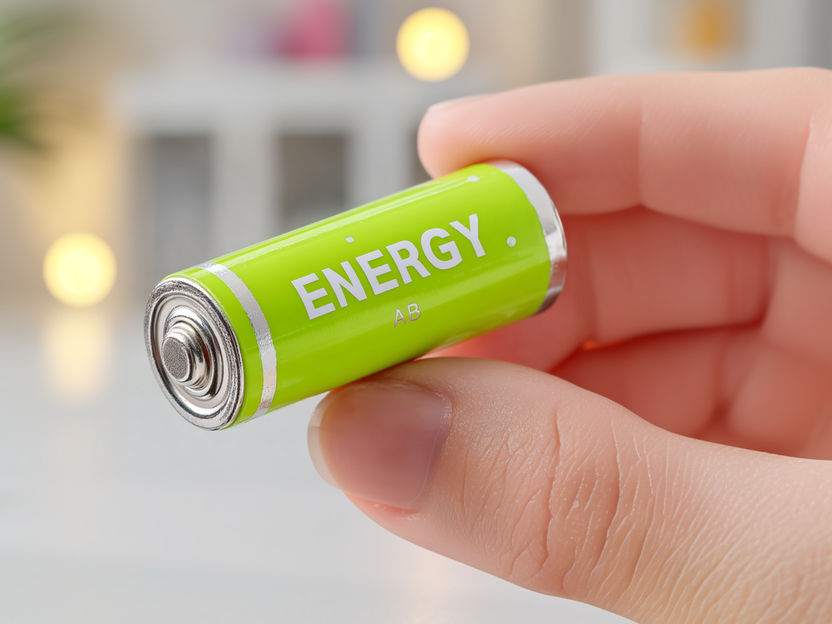
Solving two battery challenges with one atom-scale catalyst - “This work is significant because it solves two long-standing problems in lithium–oxygen batteries using a single material”

Nanoburgers with promising flaws - DESY team finds surprising defects in tiny metal particles, which could stimulate the development of more efficient catalysts

Zinc–iodine battery with outstanding stability now a reality
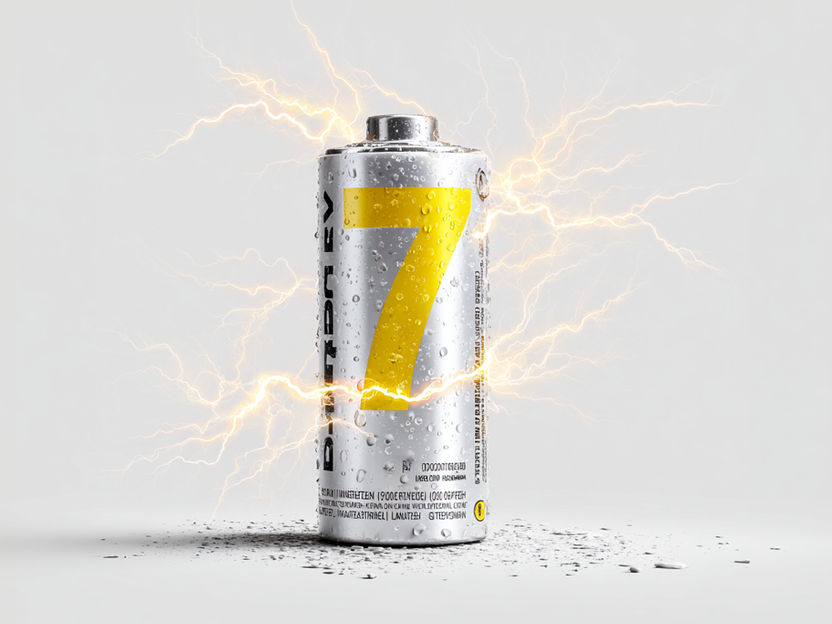
Sevenfold boost in lifespan of anode-free all-solid-state batteries using MoS₂ thin films - Employing cost-effective MoS₂ thin films in place of expensive noble metals resolves issues of non-uniform lithium plating and interfacial instability in anode-free all-solid-state batteries
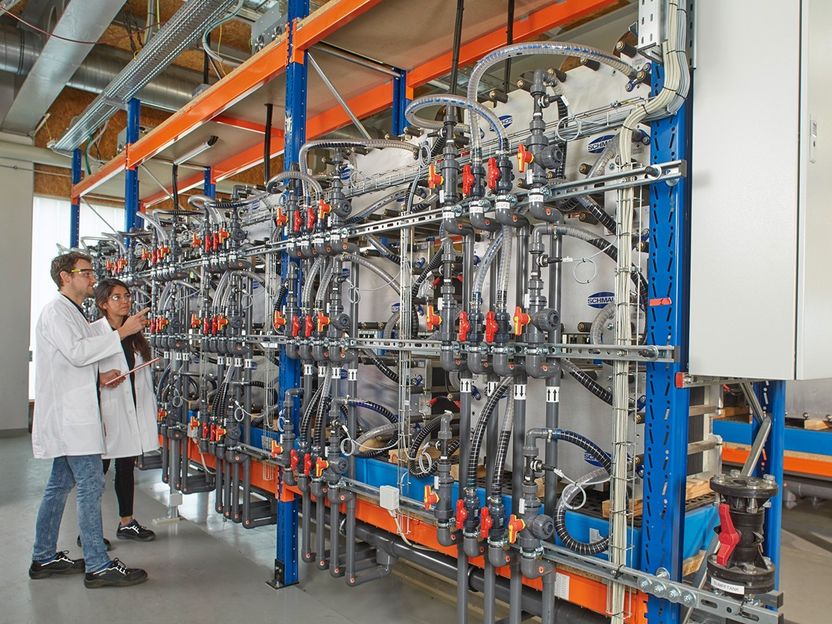
Renewable energy stored in a large-scale battery is introduced into the power grid on demand - Successful start to test operation at Fraunhofer ICT

New method to study catalysts could lead to better batteries - A new algorithm opens the door for using artificial intelligence and machine learning to study the interactions that happen on the surface of materials
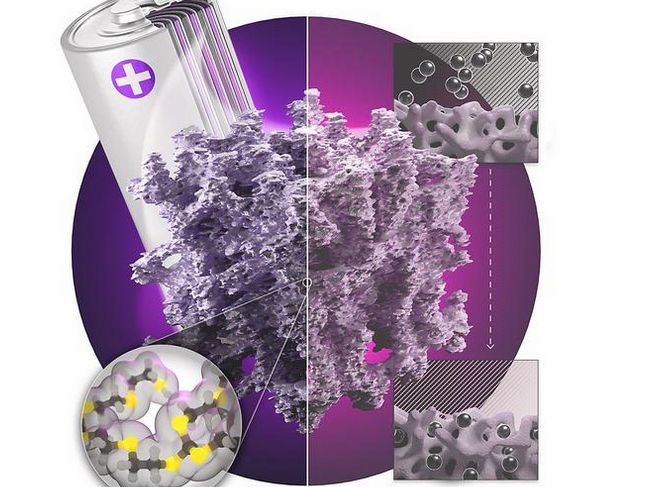
Versatile new polymer material - Highly efficient metal catcher and building block for environmentally friendly batteries
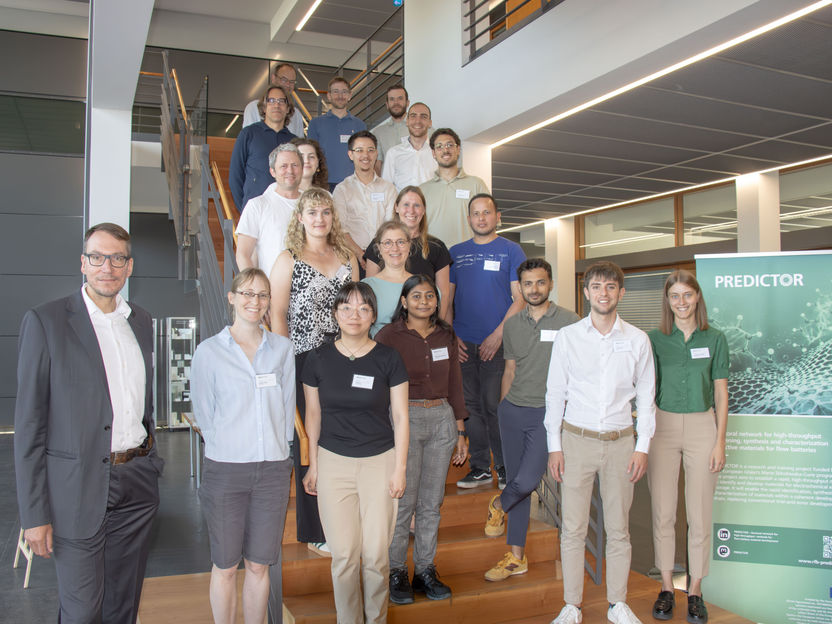
High-throughput screening, synthesis and characterization of active materials for flow batteries - International research network »PREDICTOR« aims to establish rapid, high-throughput methods to identify and develop materials for electrochemical energy storage

LUMITOS Celebrates Anniversary – From University Vision to Leading B2B Online Marketing Expert - Organic Growth Instead of Venture Capital: How LUMITOS Survived the Dot-com Crisis and Became Market Leader


























































